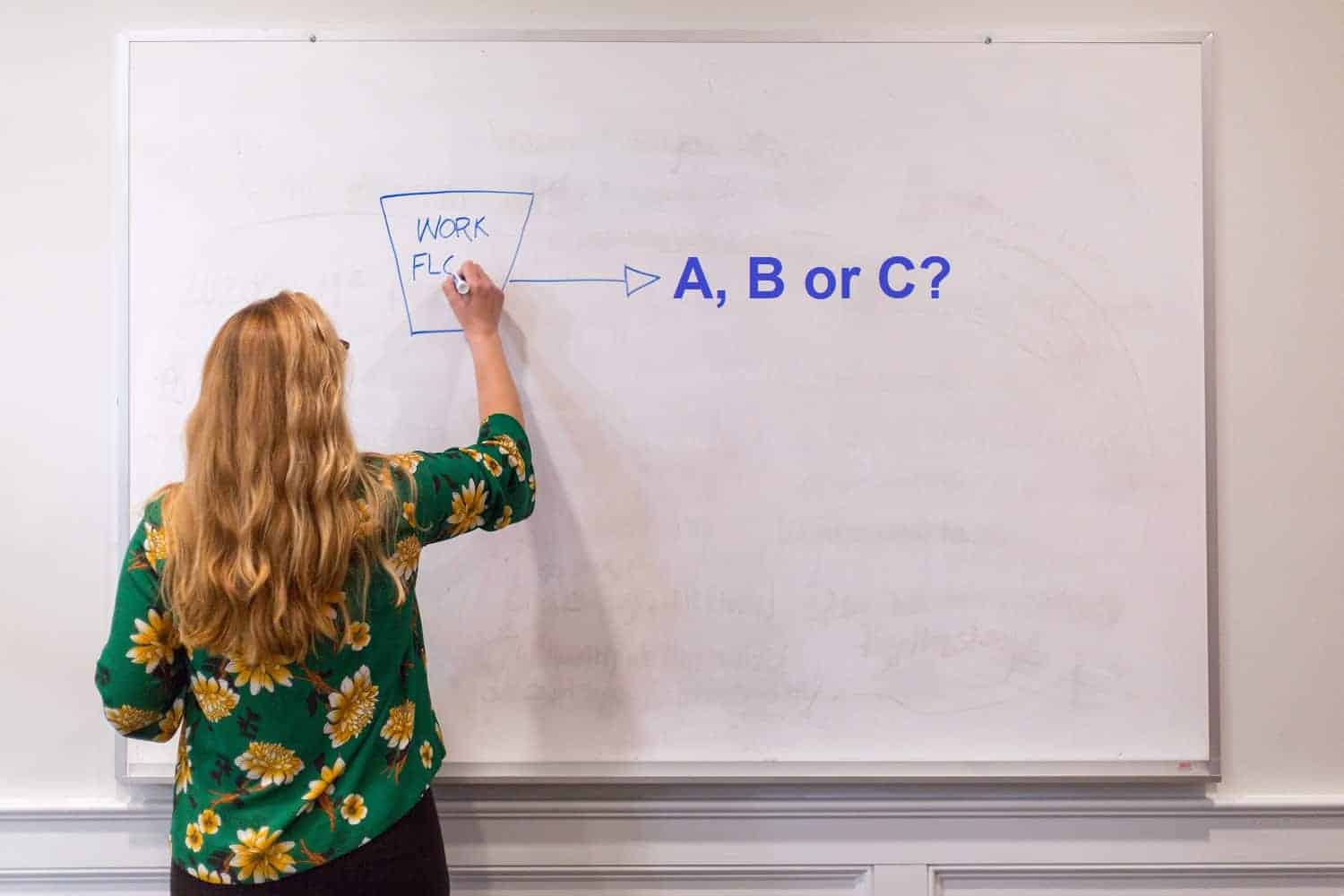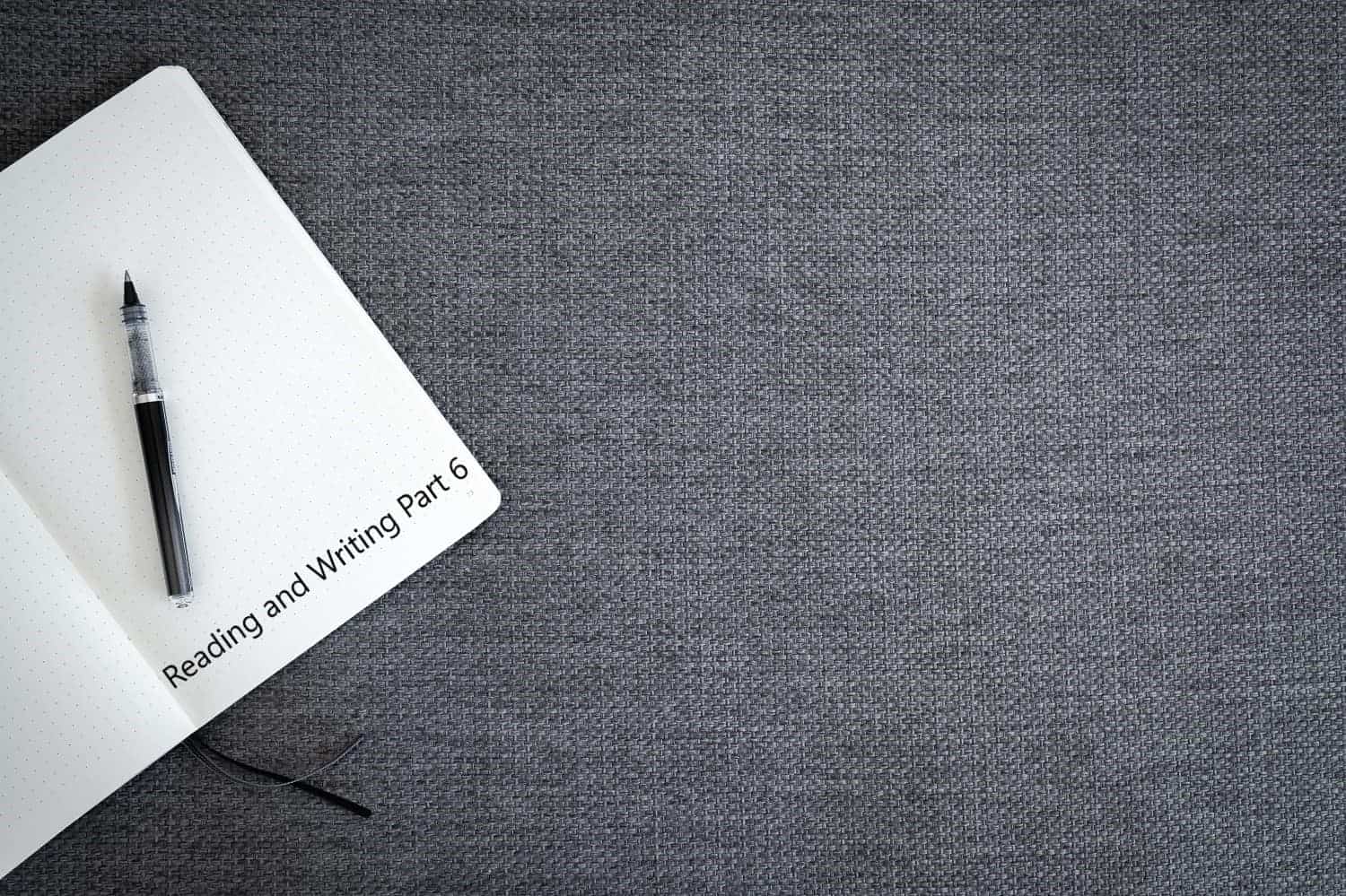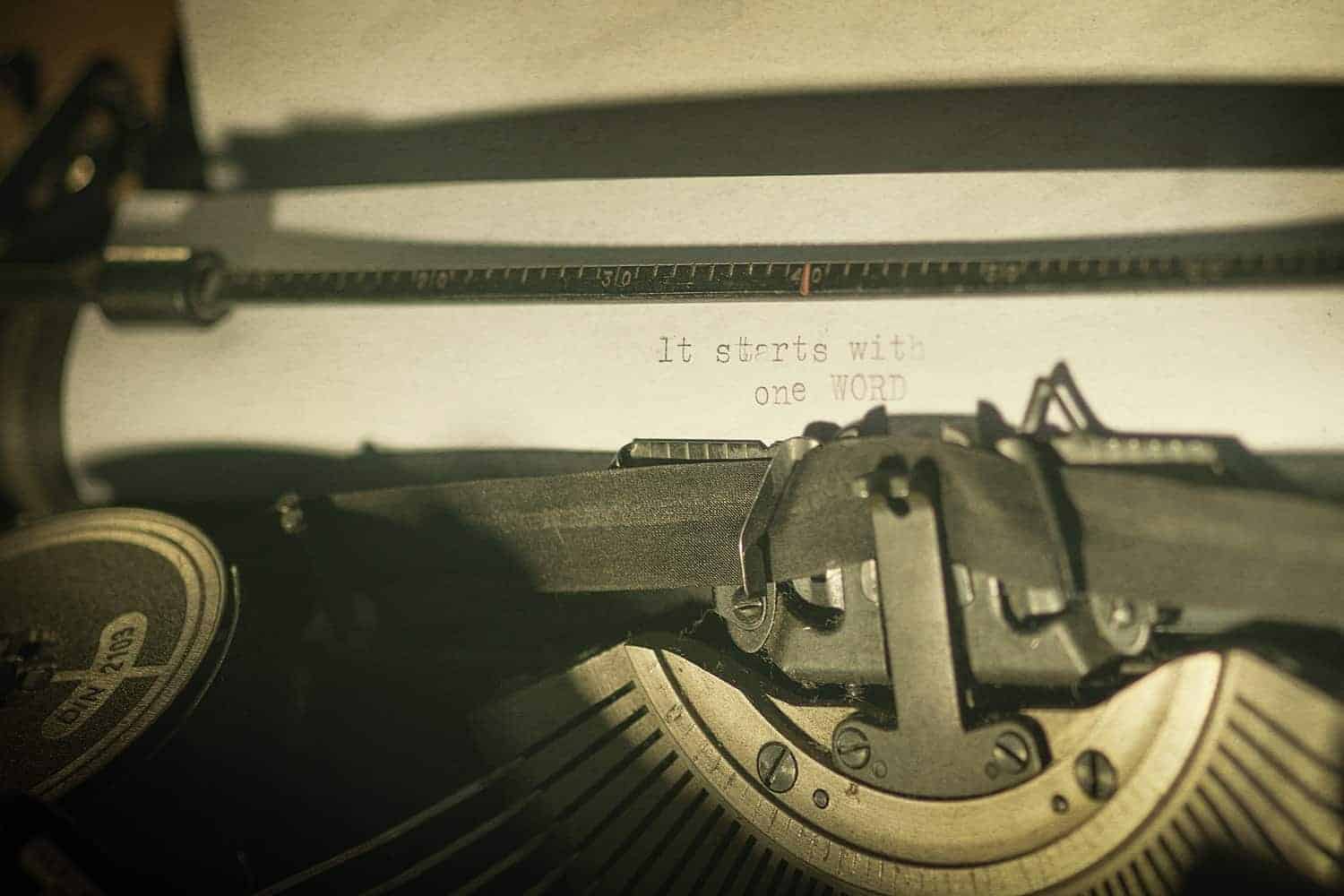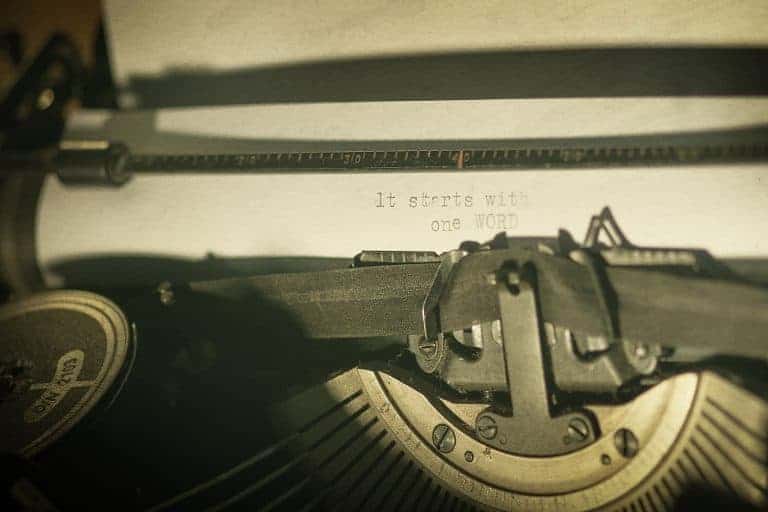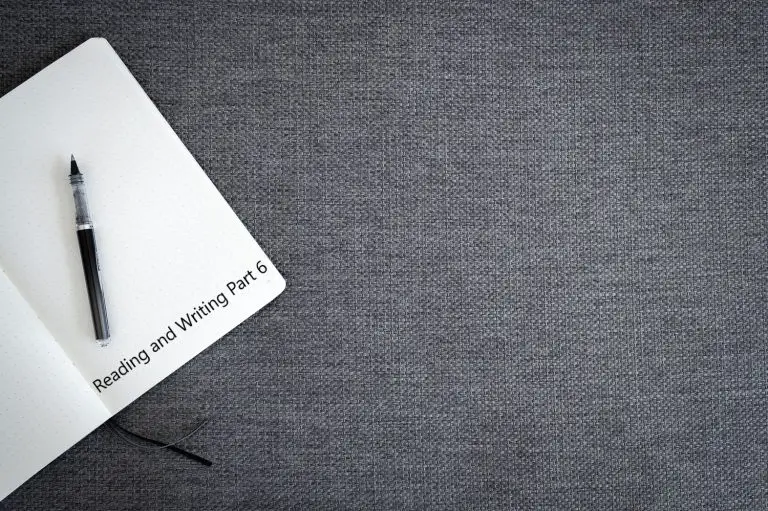Reading and Writing Part 2
In this article, I’m going to show you everything you need to know about A2 Key Reading and Writing Part 2. You will learn what a typical task looks like, what common problems are and how to do the task in the best way so you get through it quickly and with a lot of marks.
If all of that sounds good to you, just keep reading.
What do you have to do in Part 2?
3-option multiple matching: You have to read seven questions and three texts and you must match the questions to the texts.
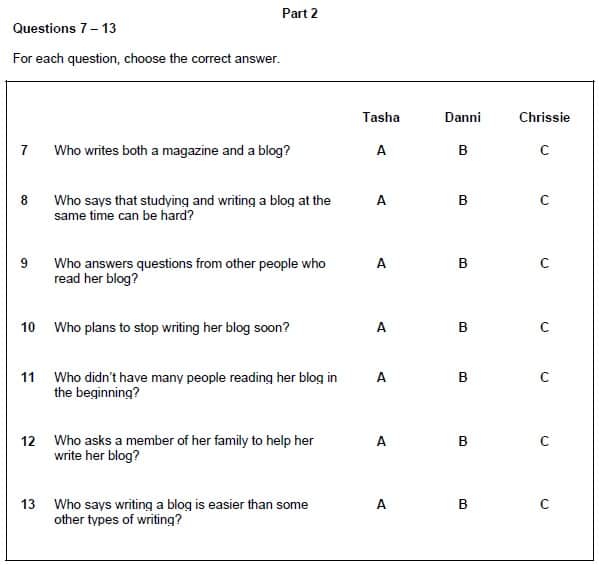
You can see that there are seven questions (7-13) and the three possible answers A, B and C. The letters represent the three texts below.
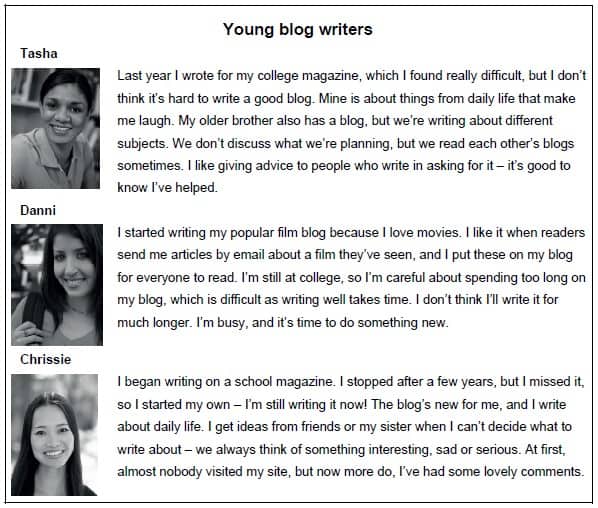
At the top, you can find the topic of the three texts (“Young blog writers”) and the three short texts about different people.
In Reading and Writing Part 2, you have to show that you can find specific information quickly but also find detail by reading the texts more carefully.
Also, you have to transfer all your answers onto an extra piece of paper that you get at the beginning of the test so don’t forget about that.
What is difficult about Part 2?
In A2 Key Reading and Writing Part 2, there are a few problems that I can often see with my own students. I want to share these problems with you so you won’t make the same mistakes.
Don’t get confused
In this part of the exam, you have to be very careful because the texts which you need to read are very similar so it is very easy to get confused.
Make sure to read the texts slowly enough to find the differences between the texts instead of choosing the first text with information that matches the question. All three texts might talk about a question, but you have to find the perfect match.
Time management
One of the biggest problems in Reading and Writing Part 2 is definitely timing. Many candidates run out of time because you only get 60 minutes to complete seven different tasks and you have to transfer all your answers onto the extra answer sheet. That gives you only around eight minutes to do each task – not a lot of time if you ask me.
Part 2 is one of the longer reading tasks because you read three different shorter texts so you need to be extra careful with your timing, but in the following section you will learn how to manage your time well in the Reading and Writing paper.
Tips and strategies for Reading and Writing Part 2
After we’ve looked at some of the problems that many students and candidates experience when they prepare for the exam, it is now time to learn how you can go through Reading and Writing Part 2 the right way.
We will start with some general tips and after that, I’m going to show you step by step how to do this part of A2 Key.
General tips
One of the best things you can do if you want to prepare for the A2 Key exam is to read regularly. You can start with only five minutes every day and if you enjoy it, you can do a little bit more. Simply choose a topic that you are interested in, for example, sports, music, fashion or films – there is no limit. Look for something like a magazine with lots of pictures so it is easier for you and do it.
After some time, you will see that it gets easier and easier, your vocabulary improves and you enjoy English even more.
Another good idea is to look for English classes near you. You don’t have to find a school with Cambridge preparation classes, but if you do, it’s even better. Classes can help you because you work with other people that want to improve their English just like you and you have a teacher who can help you with your questions.
Follow a plan
If you want to get a good result in A2 Key, you should know exactly what to do in the different tasks. I always tell my students to create a plan for each activity. This way, you know the next step even if you are nervous or running out of time. It can help you calm down and feel more relaxed, save time and get higher marks.
For Reading and Writing Part 2, a good plan looks like this:
- Analyse the questions
- Go through the texts one by one
- Double-check your answers
Now, let’s look at the different steps in detail.
Analyse the questions
The first thing you should do is to look at the questions because it is necessary to know what you need to look for in the text. Read the questions carefully and underline the most important words.
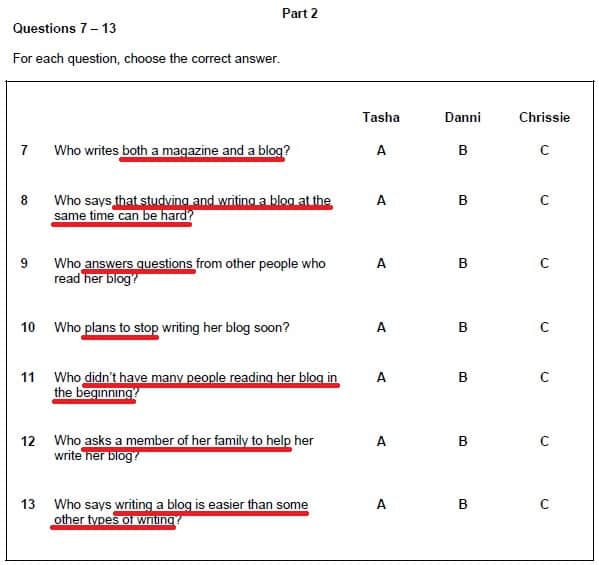
Here you can see the example questions from before with the keywords underlined. Sometimes you have to underline almost the whole questions, but sometimes just a few words are enough.
Remember to focus on the words that tell you what exactly you have to look for in the texts.
Go through the texts on by one
The next step is to match the texts to the questions. Many candidates make a big mistakes here because they try to do the task question by question. The problem with this strategy is that you have to read the texts many times until you get all the matches right.
Instead, start with the first text and check which questions you can answer. Then, move to the second text and lastly, to the third one. This can save you a lot of time and make it much easier.
Here is an example for you.

I had a look at the first text about Tasha and found information that connects this text to two of the questions – number 9 and 13.
In the blue part, she says that she likes ‘giving advice’, which means that she likes helping people and in the green section, she says that writing for a magazine (other type of writing) was more difficult than writing a good blog.
Repeat this step with the other texts and you will see that you can go through Reading and Writing Part 2 quickly and easily.
Double-check your answers
When you finish the task, go through your answers one last time and check if everything makes sense. We sometimes focus so much on the details that we don’t see the correct information.
So, always double-check your answers before you move on to the next task.
Summary
In this article, you have learned what a typical task in A2 Key Reading and Writing Part 2 looks like, what the biggest problems are and how you can do the task as quickly and effectively as possible.
Now, you should start practising. Go online and look for example tasks or take classes to meet other people who want to take the exam as well.
I hope this article will help you with your preparation.
Lots of love,
Teacher Phill 🙂





